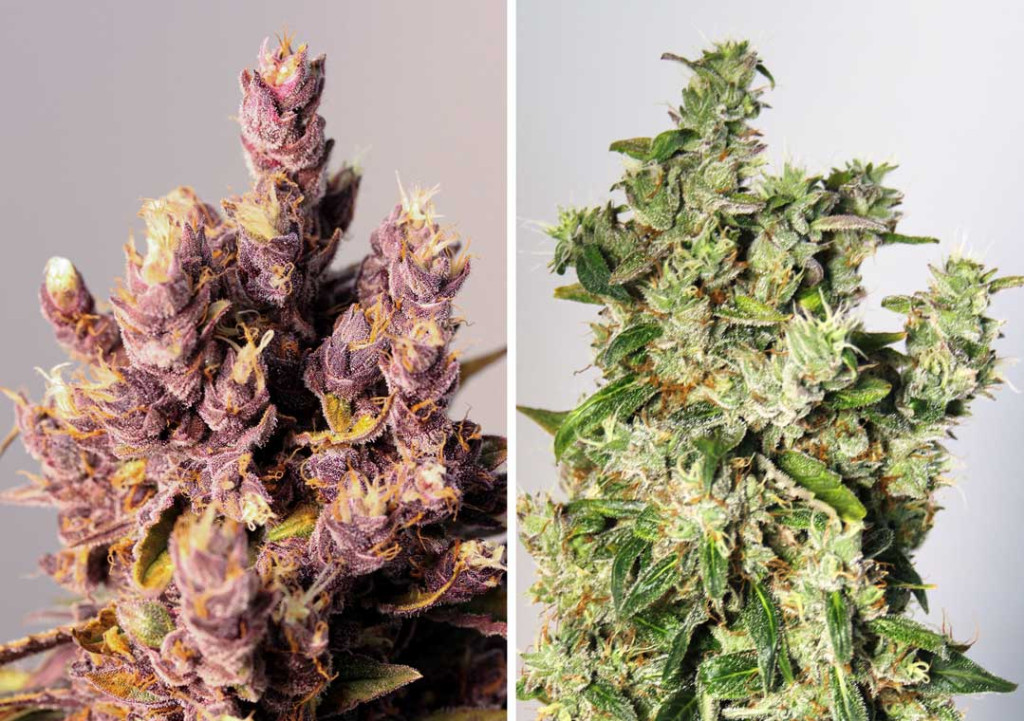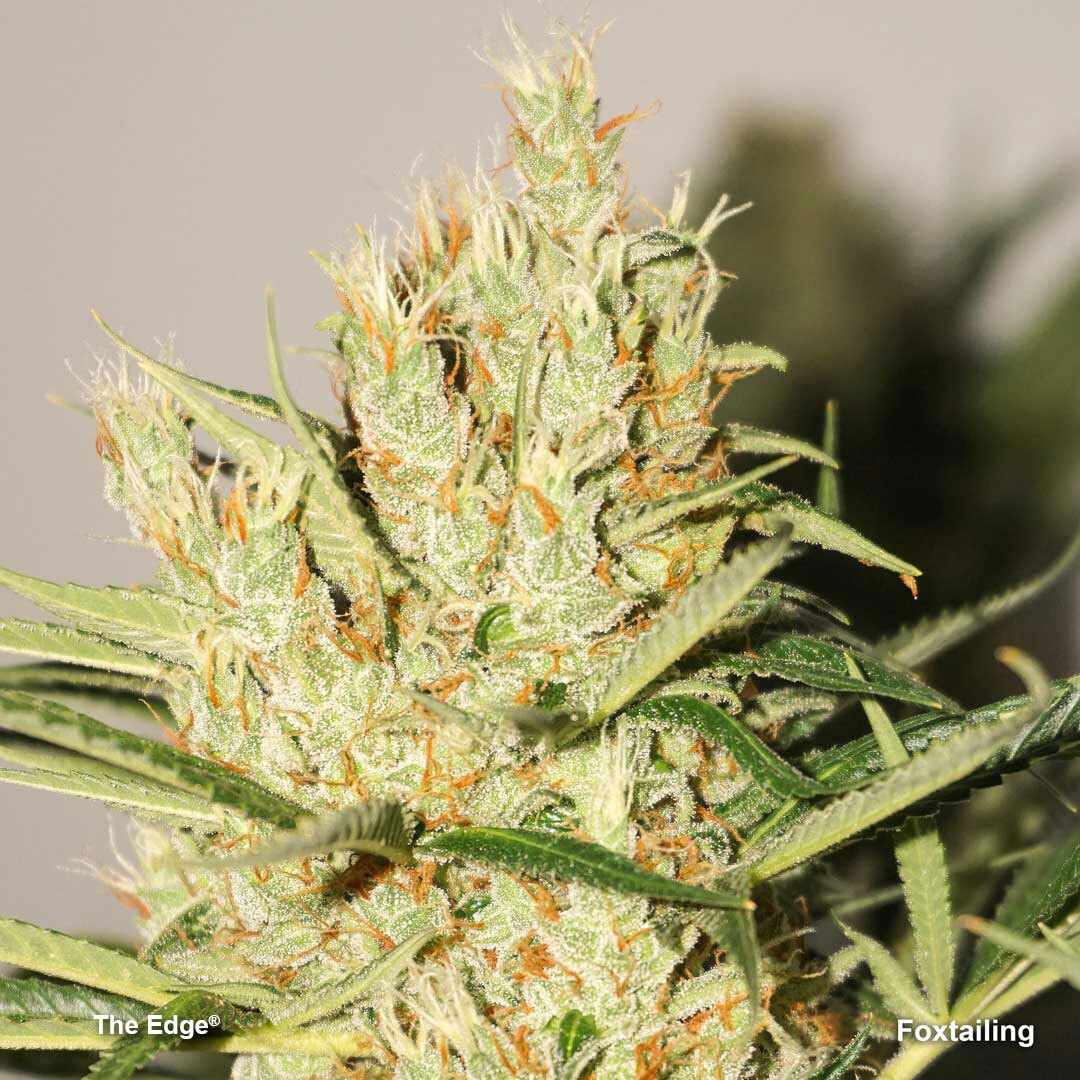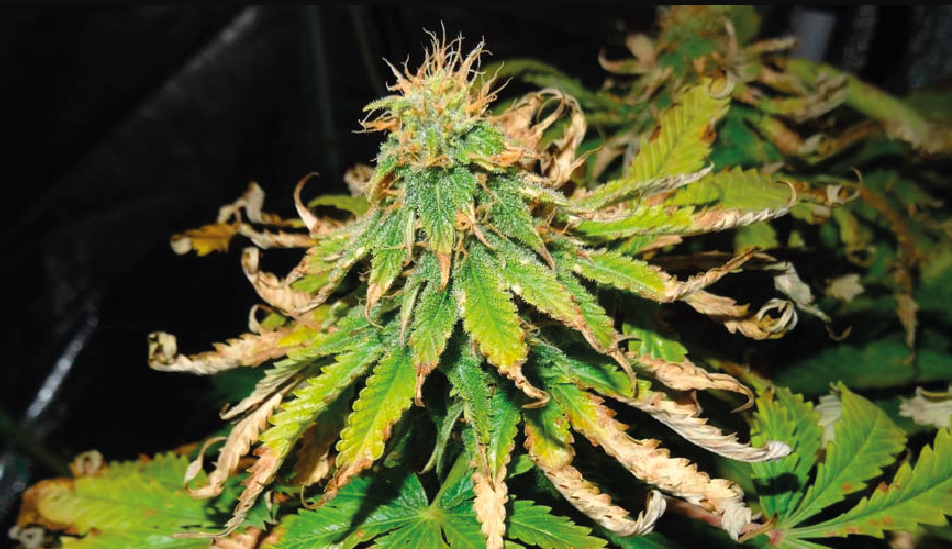Foxtailing Buds: What Are Foxtails & How to Fix
Foxtailing buds are a fascinating yet often undesired occurrence in cannabis cultivation. This phenomenon refers to the abnormal growth of elongated and spiky buds, resembling the tail of a fox. While some growers intentionally cultivate strains that naturally exhibit foxtailing, it is generally not a preferred trait as it can result in reduced density, altered cannabinoid profiles, and lower yields.
In the following article, we will break this issue into pieces and delve into the phenomenon, management techniques, and causes associated with foxtailing buds to help you regain a good amount of yield potency.
Table of Contents
What Is Foxtailing Bud

Image Source: dutch-passion.com
Foxtailing in cannabis plants refers to the abnormal growth pattern of elongated and spiky buds that resemble the tail of a fox. It is characterized by the development of new bud growth on top of existing buds, creating a layered or stacked appearance.
For normal cannabis flowers, the buds are often dense and tightly packed, and calyxes are typically bulbous or oval-shaped structures that make up the main body of the bud. However, fox cannabis has a distinct appearance with a slender and tall structure. They are characterized by long and thin sugar leaves, which give them a bushy appearance reminiscent of a fox's tail.
Is Foxtailing Buds Good or Bad?
Although some seed companies deliberately develop and cultivate foxtailing cannabis strains for the frilly and elongated appearance, such as the heirloom sativa strains, more growers are concerned about the yield potency of fox cannabis. It’s hard to say if foxtailing buds are good or bad, but fox cannabis does have some limitations.
Reduced Density and Yield: Foxtailing buds often have a lower density, meaning they are less compact and contain less overall bud mass. This can result in a lower yield compared to dense and tightly packed buds.
Altered Cannabinoid and Terpene Profiles: Foxtailing can potentially impact the cannabinoid and terpene profiles of the buds. The altered growth pattern may affect the distribution and concentration of these compounds, potentially leading to variations in potency and flavor.
Read more: What Does Weed Taste Like?
Market Value: In commercial cannabis markets, dense and well-formed buds are generally considered more desirable and may fetch higher prices. Foxtailing buds may be perceived as lower quality by some consumers and tend to have a negative impact on market value.
What Causes Foxtailing in Buds

Image Source: dutch-passion.com
Why cannabis grows foxtailing buds? Despite the genetic makeup, stress such as the soil, light, heat, etc. is the main contributor to unexpected foxtailing cannabis buds. Let’s have a closer look at all possible causes that trigger foxtailing buds.
Genetic Makeup
As what’s briefly mentioned above, some breeders intentionally cultivate strains that are prone to foxtailing buds. Sounds wired? Believe it or not, there are growers who appreciate this type of peculiar, unique, and even appealing look. Under this circumstance, foxtailing buds are nothing wrong.
Light Stress
We both know the importance of growth light for weed plants. However, the light can also turn into stress and cause foxtailing if not properly managed. If you are using any artificial lighting such as the HPS grow lights or LED grow lights, cannabis can start to foxtail when the light is too intense, or the lights are positioned too close to the buds.
Early symptoms of stress caused by intense light include white or bleach leaves, cannabis leaves curling up, and yellowing leaves. Over time, if no efforts are done, the buds begin to foxtail.

Heat Stress
Although cannabis, in general, prefers warm growing environments, overheated temperatures can result in incidentally foxtailing buds. Whether growing in a grow tent, greenhouse, or indoor gardening, you should adjust to the ideal temperature and humidity level during each plant life cycle for the best yields. Kindly refer to the grow room temp and humidity chart for precise temp and humidity control.

Imbalanced Soil Condition
What happens beneath the soil can also has an impact on your weed plants. If factors such as pH levels and microbial activity become imbalanced, cannabis plants will start to experience increasing stress and finally lead to foxtailing flowers. For example, when cannabis is suffering from Cal-Mag deficiency.
How to Fix Foxtailing Buds
With basic knowledge about possible causes of foxtailing buds, how to fix fox cannabis to regain peak potency becomes much clear and easier now.
Adjust the Duration & Height of the Lighting
If you're in the early stages of flowering with smaller flowers yet to bloom, reducing light stress levels can help improve bud formation. Consider LED grow light distance from plant and move your lights higher as your plants grow. Furthermore, how long should grow lights be on is also worth considering.
Maintain Adequate Ventilation
In hot environments like grow tents or greenhouses, rapid temperature increases can occur. Monitor the temperature using a hygrometer and use inline fans to dissipate excess heat. It’s recommended to apply a ventilation system in your grow room to prevent foxtailing during intense weather.
Monitor pH Level
Regularly check the pH of your soil to prevent a nutrient lockout. Use a pH tester once a week and adjust pH levels using pH up or down products to maintain the recommended range of 6.0-7.0.
Microbial Balance
If you suspect a nematode infestation, introduce beneficial microbes like mycorrhizal fungi and rhizobacteria into your potting mixes at the beginning of the growing cycle.
Conclusion
To sum up, foxtailing in cannabis plants can be managed by adjusting lighting, improving airflow, monitoring pH levels, and promoting a healthy microbial balance. By addressing these factors, you can minimize foxtailing and promote healthier bud development. While some strains may be more prone to foxtailing, attentive care and understanding can optimize cultivation practices for high-quality yields.




